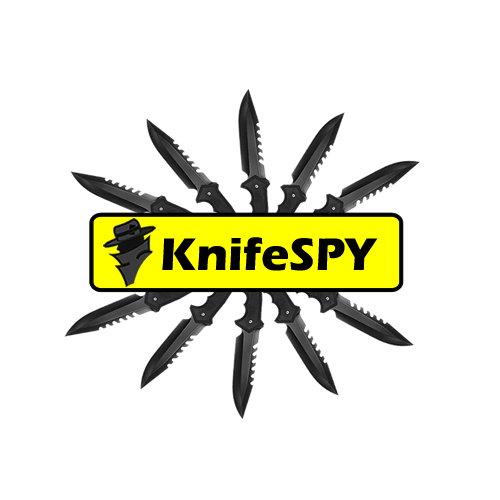The Knife that started it all. Collected and Edited by Knife SPY
There have been more than a few claimants to the title of a knife that belonged to BLADE Magazine Cutlery Hall-of-Fame® member James Bowie, but none seem to have as solid a claim to the throne as the Edwin Forrest knife.
In James Bowie and the Sandbar Fight Books I & II, Cutlery Hall-Of-Famer James L. Batson Jr., not only reinforces that claim but makes an unprecedented, detailed case for the Forrest knife being the one Bowie used in the infamous Sandbar Fight on Sept. 19, 1827.
If true, that would make the Forrest knife the original bowie, the knife that launched the bowie craze that reigned for decades aft er the Sandbar Fight and aft er the Alamo where Bowie was killed, a craze that continues in no small part to this day.
Cutlery Hall-Of-Famer William R. Williamson was the first in the modern era to make the case for the Forrest knife as having belonged to Bowie.
Williamson bought the knife in 1989 and displayed it to much fanfare at the 1993 BLADE Show (December 1993 BLADE®, page 12).
At the time there was some doubt about the veracity of the assertion that, sometime around 1829, Bowie had given the knife to 19th-century Shakespearean actor Edwin Forrest, a claim Forrest was the fi rst to make and continued to maintain until his death in 1872.
After all, over the years there have been a number of claims of knives that belonged to Bowie, and the Forrest knife was yet another on the list.
However, as more post-1993 facts emerged and/or were verifi ed that seemed to support Forrest’s original claim—facts that are among those outlined, as well as many others surrounding the Sandbar Fight, in Batson’s new book—a number of observers close to the scene began to come around to Williamson’s way of thinking.
Batson is one of those observers. Claiming that the Forrest knife belonged to Bowie and/or that Bowie used it in the Sandbar Fight have been done—connecting the dots and publishing it all in book form for everyone to see that the Forrest knife is the original bowie, the one Bowie used to dispatch Maj. Norris Wright in the Sandbar Fight, have not.
In his book Batson supports his claim with a number of details he has uncovered after decades of research. Those details associate the materials, methods of manufacture and the style of knives made by such renowned cutlers of Bowie’s time as Henry Schively and Daniel Searles with the Forrest knife in a way that makes more sense than a little bit.
In believable fashion Batson explains why he thinks the dimensions of the Forrest knife do not gibe with Rezin Bowie’s description of the original knife Rezin had made for his brother James, and why this inconsistency does not disprove the Forrest knife as being that knife. Batson also explains whom he believes made the Forrest knife, and why hebelieves it is that person who made it. Finally, perhaps most interesting of all, Batson outlines the results of a most unusual test of the Forrest knife conducted with the help of Dale Larson that Batson maintains corroborates his choice of the man he believes made the Forrest knife. (I won’t tell you the maker’s name, though bowie afi cionados know it well. Read the book and fi nd out.)
In the end, Batson combines it all in a logical fashion to arrive at his most intriguing conclusion. Is he right? Is the Forrest knife the original bowie, the holy grail of knifedom?
Read James Bowie and the Sandbar Fight Books I & II and decide for yourself.

